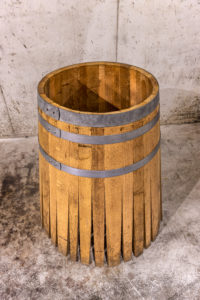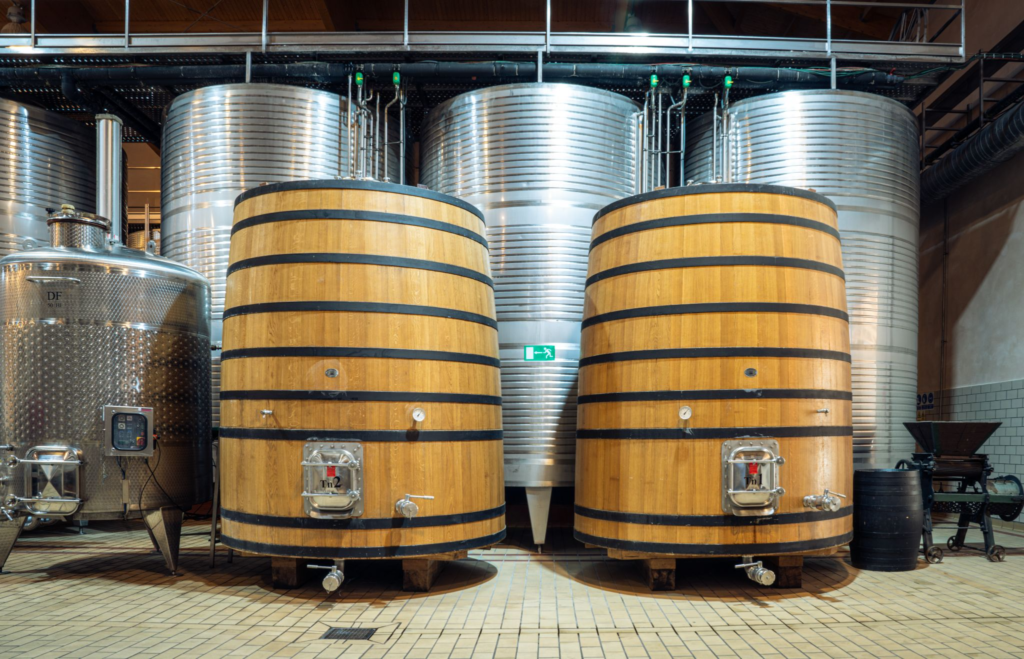Surely you have ever wondered how wood affects the color, flavor, aroma… of a wine and today we come to solve all these doubts.
Initially, barrels, with different names depending on their size, were used as a mere container for storing wine, replacing clay, which was more fragile and less able to withstand the blows of long journeys. When this storage was carried out, it was discovered that wood was not only an ideal resistant material for storing beverages, but that it also transmitted some of its qualities to the wine, providing nuances and enhancing and/or improving some of its characteristics.

The first quality modified by wood that attracts our attention is the aroma. The aging of wine in barrels adds new aromas such as spices, vanilla, licorice, and even coffee, chocolate or caramel, aromas that depend mainly on the type of wood used, since American oak barrels tend to have sweeter aromas such as vanilla, and French oak barrels tend to have spices. The decision to use one or the other will depend on the objective of the winery’s winemaker, although we can find cases in which it is decided to use both barrels in the production of a wine. This would be the case of our ‘Alma de Luzon’, for which we use new French and American oak barrels for malolactic fermentation and aging for 22 months, or our ‘Altos de Luzon’, for which we use American and French oak barrels for 12 months of aging.
As for the smokier or toasted aromas such as coffee or chocolate, they will come mainly from the degree of toasting inside the barrel. In the contribution of wood aromas to the wine, the size of the barrel will also have an influence, since the larger the barrel, the less volume in contact with the wood, so the aromas will be softer and more subtle. This is the case of our “fudres” or vats, which is the name given to the large barrels we have in our Altos de Luzón room, where our ‘Por Tí’ undergoes spontaneous fermentation before being transferred to French and American oak barrels, where it will spend 18 months.

An aspect closely linked to the aroma and also contributed by wood to the wine is the flavor, which will also be affected by the use of wood. In addition to the flavors derived from the aromas described above, wood will give wines more body, texture and intensity, which will be greater the longer the wine spends in contact with wood. In addition, wood will affect the flavor of the wine by softening its astringency and tannin by facilitating a certain degree of oxygenation of the wine.
Another of the characteristics of the wines modified by the wood is the color, since it gives them more intense and darker colors because the tannins of the wood react with the anthocyanins, which are responsible for the pigmentation of the wine and are found in the grape skin. But these characteristics will not only be present in red wines, as the color (as well as other aspects) will also be modified in white wines aged in oak barrels, as is the case of our ‘Mindoro’, which undergoes alcoholic fermentation in French oak barrels with 48 months of drying.

As for non-organoleptic factors, wood affects the durability of wines, increasing it and prolonging the life of the wine, since wood tannins exert their antioxidant power on it.
What about you? Did you already know all this information?
